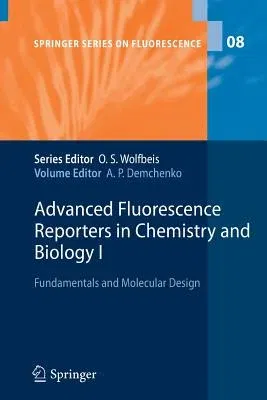Advanced Fluorescence Reporters in Chemistry and Biology I: Fundamentals and Molecular Design (2010)Paperback - 2010, 6 November 2012

Qty
1
Turbo
Ships in 2 - 3 days
In Stock
Free Delivery
Cash on Delivery
15 Days
Free Returns
Secure Checkout

Part of Series
Springer Fluorescence
Part of Series
Springer Series on Fluorescence (Paperback)
Part of Series
Springer Series on Fluorescence
Print Length
390 pages
Language
English
Publisher
Springer
Date Published
6 Nov 2012
ISBN-10
3642264719
ISBN-13
9783642264719
Description
Product Details
Book Edition:
2010
Book Format:
Paperback
Country of Origin:
NL
Date Published:
6 November 2012
Dimensions:
23.11 x
15.49 x
2.29 cm
Genre:
Science/Technology Aspects
ISBN-10:
3642264719
ISBN-13:
9783642264719
Language:
English
Location:
Berlin, Heidelberg
Pages:
390
Publisher:
Series:
Weight:
589.67 gm